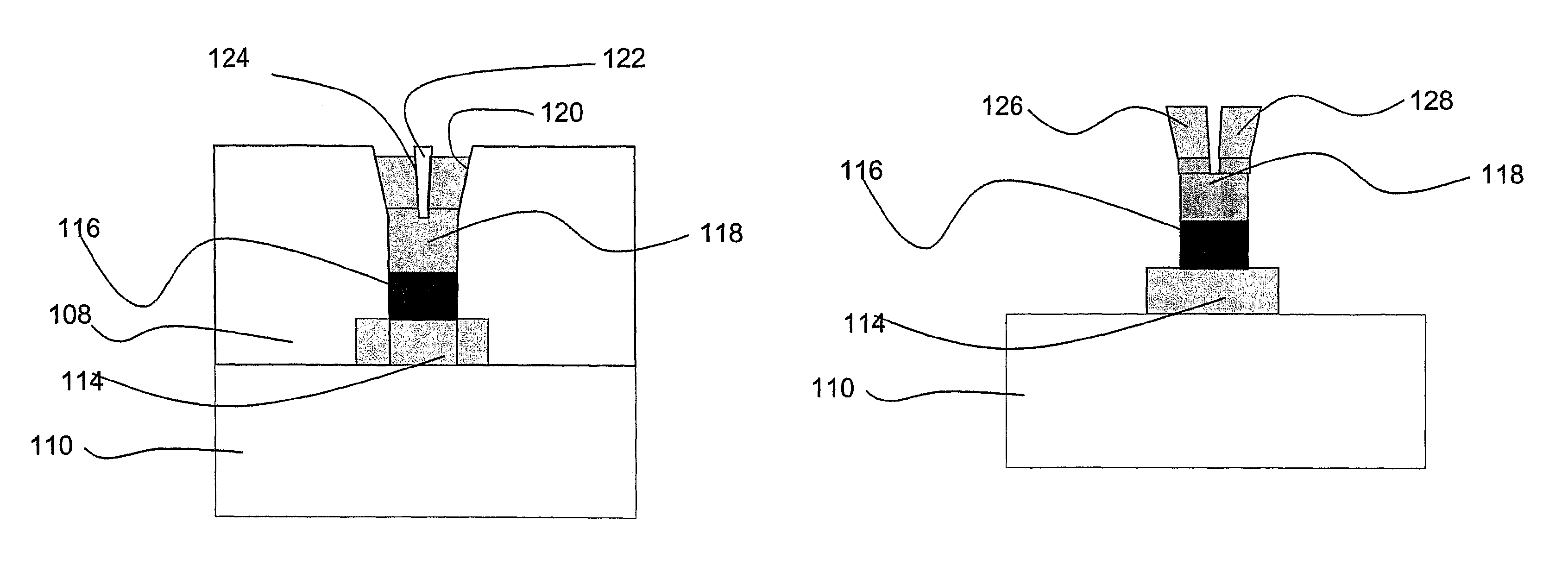Methods and apparatus for the manufacture of microstructures
a microstructure and manufacturing method technology, applied in the direction of instruments, coatings, photographic processes, etc., can solve the problems of low cost, low cost, low cost of microstructures, and difficult mixing and matching manufacturing processes cost-effectively, so as to reduce processing errors, parasitic capacitance and leakage current, the effect of minimising contact overlap
- Summary
- Abstract
- Description
- Claims
- Application Information
AI Technical Summary
Benefits of technology
Problems solved by technology
Method used
Image
Examples
an embodiment
of a Fabrication Process
[0226]FIG. 1 shows schematically a number of stages in an embodiment of a process using a peelable mask. A peelable mask 10 which is a thin polymer film, for example a polyethylene terathalate, a polypropylene, a polyethylene napthalate, a polyethersulphone, or a polyimide, is laminated to a substrate 12, for example a glass material or a plastic material. The material may be rigid or conformable. The peelable mask 10 is laminated, or sprayed onto the substrate 12 and held thereon by electrostatic attraction and weak mechanical interlocking. Such a masking film can have a wide ranging selectable cross-sectional thickness in the range 0.1 to 200 μm, in this embodiment around 10 μm, that is preferably applied dry in sheet form for roll-to-roll or roll-to-substrate coverage applications. Some of the dry film polymers, such as 0.9 micron thick PET can be obtained in 4 meter wide rolls thereby providing for very large area array processing.
[0227]Alternatively the ...
example
[0499]FIG. 51 shows a single pixel circuit 790 that can be used to switch a high (for this illustration 60 volts but in principle even very high voltages exceeding 200 volts can be supported) voltage liquid crystal display element. The device shown in this illustration is able to switch a high voltage without degrading the transistor performance. Since the transistor switching circuit is transparent it is possible to provide a solution that makes use of a number of thin film transistors that are switched in unison (all at once), using a common connected gate 792 and interlinked drain 794 and source 796 electrodes are shown in FIG. 49.
[0500]An alternative device is shown in FIG. 50. FIG. 50a shows a device 800 before removal of the mask; and FIG. 50b shows the device 800 after the removal of the mask. The device comprises a drain and source contact wells 802, 804 a plurality of interdigitated interlinked gate electrodes 806, the electrodes 806 are interdigitated with an insulator and...
PUM
| Property | Measurement | Unit |
|---|---|---|
| thickness | aaaaa | aaaaa |
| thickness | aaaaa | aaaaa |
| thickness | aaaaa | aaaaa |
Abstract
Description
Claims
Application Information
 Login to View More
Login to View More - R&D
- Intellectual Property
- Life Sciences
- Materials
- Tech Scout
- Unparalleled Data Quality
- Higher Quality Content
- 60% Fewer Hallucinations
Browse by: Latest US Patents, China's latest patents, Technical Efficacy Thesaurus, Application Domain, Technology Topic, Popular Technical Reports.
© 2025 PatSnap. All rights reserved.Legal|Privacy policy|Modern Slavery Act Transparency Statement|Sitemap|About US| Contact US: help@patsnap.com



